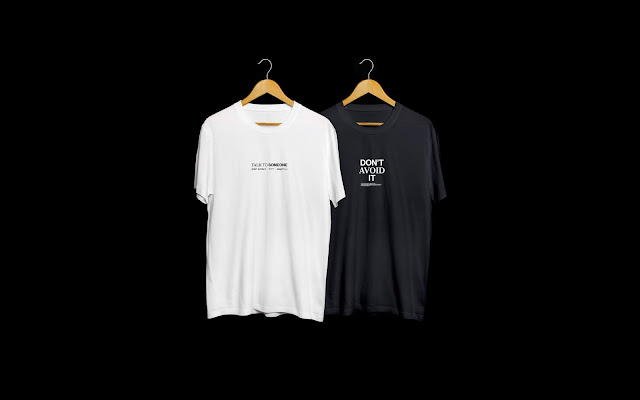Looking back at this briefs and the tasks set, I believe I
have delivered what was asked of me in terms of producing a Map focusing on a
topic of my choice and a body of work that addresses an economical, ethical or
environmental issue of choice.
I feel like I didn’t manage my time as well as I could have.
Ideas generation was quite easy for Studio brief two, with studio brief one
being a bit harder but after a bit of help advice in crits I was able to focus
and develop a piece of work I’m happy with. I had a clear vision in mind from
quite early on as to what I wanted to create regarding studio brief two, once I
had chosen my topic. I feel the extensive research we were required to do and
present in SB2 really helped inform my ideas and helped me decide where I wanted
to go with it.
The tutors have been around and are always available for
advice when needed. They have been helpful and have given me ideas when needed
which have helped me further develop my work. It was easy to ask for advice on
what works best if need be and I’ve been able to use peer feedback to help
develop my work.
I felt there was enough time on this project to produce something
of better quality, I acknowledge my own time management on this brief was
poorer than It should have been. I’ve felt almost drowned in work at times this year and I know that is partly due to my
own time management on this module which has been poorer than it should have
been, although the poor time management has often stemmed from the feeling of
being stressed and often times overwhelmed. The last couple of weeks have been
relatively free to focus on this module which has really helped. Having said this,
I’m overall happy with my end products but feel with better time management I could
have definitely produced something of better quality and something more substantial.
I feel my time management across the whole module could
definitely improve. I feel like I need to ask for advice on how to develop my
work and develop a broader range of research that will improve my overall grade
as I’m currently not happy with how I’m performing.
If I was to visit this project again I would be better
prepared with time management. I wasn’t happy with my time management and will
always try to improve upon this. I would also make sure I’m consistently
blogging as I feel this is one of things I need to improve upon the most. With
extra guidance on the research and experimentation side of my work, it may
allow me to work in a way that forces me to blog on a more consistent basis. I would give myself more time to experiment
with my ideas, maybe allow myself to take more risks with more time to correct
or improve anything. Even though I’m happy with my outcomes, giving myself more
time to experiment with my ideas more for across all three studio briefs would
result in better outcomes. Although I’m overall happy with my outcomes it’s
always good to improve upon that and gather even more research to be able to
develop more ideas and produce better outcomes. I want to take this advice generally
but especially take this into next year, I know at times my ability can be
better than the things I produce and sometimes I’m just not satisfied by the
quality of work I put out and I know with better time management, research and
experimentation I can produce better work and continue to develop a clear style
in my work which I what I aim to do.
















































